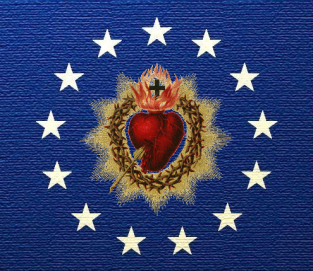There are a lot of different ways one can pray, and it is good to pray in whatever ways suit you at the time that you decide to pray. Prayer is never wasted. But oftentimes I am tempted to mistake quantity of prayer for quality of prayer.
When I converted to Catholicism in 2018, the newest thing for me to learn was all the formulaic prayers the Church offers. Because my mind is so busy, the formulaic prayers helped provide some structure where before my prayers amounted to vague grasping and occasionally falling into the trap of treating God like Santa: “I’ve been good this year so can I please have a promotion at work?”
The formula prayers provided structure, but something that I needed was feeling. It is easy to pray, it is hard to pray well. I think that is why Silent prayer was such a powerful thing for me–it was all relationship and not so much supplication. It was opening a space in my mind for God.
I’ve been thinking about this because recently I fell into the trap that I was praying formulaic prayers often but not really spending time talking to God. What shook me out of it was I was upset about something and was despairing and thinking “Who can I talk to” and I looked at the crucifix in my room and was immediately struck by “Why wouldn’t I talk to Him?”
Oddly enough–after that the first thing I did was not get on my knees and start listing a litany of requests to God but rather I prayed the Rosary. The Rosary was effective for me in that moment because it was formulaic, so in my despair I didn’t have to think, I just had to do. It is also meditative, in contemplating the mysteries of our Lord’s life, death, and resurrection. These mysteries help me understand how Christ can be an example for me in the circumstances of my life.
As always with this kind of spiritual advice, your mileage may vary. The important thing with this article is that you do, in fact, pray. Perhaps you are like me and need a reminder that you also should try to pray well.
AMDG
